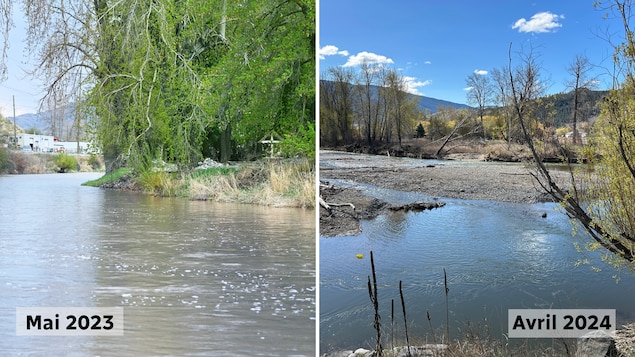Mexico and Canada are seeking to strengthen food safety regulations. Officials from both countries and representatives of their productive sectors exchanged knowledge and experience on regulation, pollutant control capacity, and microbiological analysis systems.
According to the Government of Mexico, the virtual seminar was organized by the National Service for Health, Safety and Quality for Agri-Food (Sinasica) and the Canadian Food Inspection Agency (CFIA) and involved more than 400 participants, mostly from the productive sector.
The Director General of Food Safety, Aquaculture and Fisheries in Sinasica, Amada Vélez Mendez, emphasized that the exercise allows the two agencies to discover areas of opportunity to improve their services and at the same time helps producers know which regulations they have to comply with in order to export your food.
“As global food trade grows, at unprecedented levels, measures must be strengthened to prevent an increase in cases of foodborne disease (FAD),” the expert commented.
“The Department of Agriculture and Rural Development and the CFIA work with shared responsibilities and joint efforts to keep agricultural, aquaculture and fishery products free from physical, chemical and microbiological agents that could endanger health,” said Amada Velez Mendez.
National Programs
The Director of Food Safety, Organic Operations, and Pesticides for Agricultural Use in Sinasica, Jose Luis Lara de la Cruz, commented that the federal administration is running two national pollutant monitoring programs, one focused on preventing toxic residues in meat products, aquaculture and fisheries, and another on pesticide residues on vegetables.
The specialist said that “the programs provide information on accidents and the location of cases with contaminants in food during the initial process, which allows the discovery of prohibited and restricted substances, in order to put in place preventive and corrective measures in a timely manner.”
The director of the National Reference Center for Pesticides and Contaminants of the Agriculture Agency, Mairen Zamora Nava, explained that the samples taken by Mexican technicians are analyzed in specialized laboratories in Sinacica, where pesticide residues are detected, identified, quantified and pathogens.
Canada ranks as Mexico’s third largest trading partner
On the Canadian government’s side, Stan Gagnon, head of the Food Microbiology Division at the Canadian Food Agency, noted that surveillance in that country is divided into randomized surveillance, which collects information on levels of pathogenic organisms that food may contain.
He identified that directed surveillance is most useful when there is a suspicion of contamination, while special surveillance is done when diseases are reported.
Chris Collis, CFIA’s Food Safety Program and Policy Leader, said the Canadian agency licenses producers and marketers to demonstrate responsibility for food safety and food traceability to ensure a timely response if a problem is discovered that could put people’s health at risk.
Canada ranks third as Mexico’s trading partner, with an annual trade value of US$784 million, resulting from the export of products such as avocados, strawberries, tomatoes, peppers, broccoli, cabbage, cauliflower, chocolate, cucumbers, mangoes, sugar, beef and amaranth, among others.



/thumbs.vodgc.net/1-14-S15FuR1714053755879_480P.jpg)

